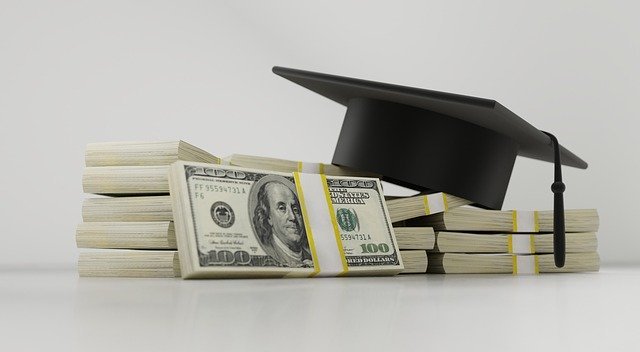
As you approach your last year of high school, you may notice offers for loans arrive in the mail. It might seem like an ideal situation to get so many offers so soon. Make sure to consider these things before applying for that loan.
Always be mindful of specific loan details. You must watch your balance, keep track of the lender, and monitor your repayment progress. These details can all have a big impact on any loan forgiveness or repayment options. This also helps when knowing how prepare yourself when it comes time to pay the money back.
Know how long of a grace period is in effect before you must begin to make payments on the loan. The grace period is the amount of time between your graduation date and date on which you must make your first loan payment. Knowing this allows you to make sure your payments are made on time so you can avoid penalties.
If you want to pay off student loans before they come due, work on those that carry higher interest rates. If you solely base your repayment by which ones have a lower or higher balance, then you might actually end up paying back more in the end.
If you were laid off or are hit with a financial emergency, don’t worry about your inability to make a payment on your student loan. When hardship hits, many lenders will take this into consideration and give you some leeway. Your interest may increase if you do this.
Choose payment options that best serve you. A lot of student loans give you ten years to pay them back. If you don’t think that is right for you, look into other options. For instance, you can spread your payments out over more time, but this will increase your interest. You might also be able to pay a percentage of your income once you begin making money. Some loan balances for students are let go when twenty five years have gone by.
To make paying for college easier, don’t forget to look at private funding. Student loans from the government are plentiful, but they come with a lot of competition. Many people do not know about private loans; therefore, they are usually easier to get. Check out this type of funding in your community, and you might get enough to cover your books for one semester or maybe even more.
Monthly student loans can seen intimidating for people on tight budgets already. There are loan reward programs that can help people out. For example, you can look at SmarterBucks or LoanLink programs from Upromise. As you spend money, you can get rewards that you can put toward your loan.
If you want to pay down student loans faster than scheduled, start with the highest interest rate loans first. Repaying based on balance size could actually cause you to pay more in interest than you otherwise would have.
To maximize the value of your loans, make sure to take the most credits possible. Try to graduate as soon as you possibly can by taking 15 or 18 hours each semester. This will keep your loans to a minimum.
Pick a payment plan that works best for you. Most loans have a 10-year repayment plan. You can consult other resources if this does not work for you. For instance, you can possibly spread your payments over a longer period of time, but you will have higher interest. You may negotiate to pay just a set percentage of the money you begin to earn. The balance of some student loans is forgiven after 25 years.
Be sure to read and understand the terms of any student loans you are considering. It is essential that you question anything you do not clearly understand. It is simple to receive more cash than they were meant to.
There are many decisions to be made with regard to attending college, but none are as critical as the amount of debt that you incur. Figuring out how much to borrow, along with paying high interest can get you into some hot water. Therefore, keep in mind the advice in this article as you start your college journey.
The Stafford and Perkins loans are good federal loans. This is because they come with an affordable cost and are considered to be two of the safest loans. They are a great deal since the government pays your interest while you’re studying. The Perkins loan has an interest rate of five percent. The subsidized Stafford loan has an interest rate that does not exceed 6.8%.
